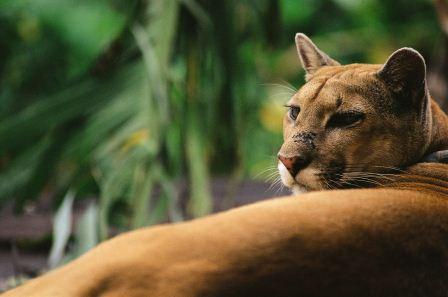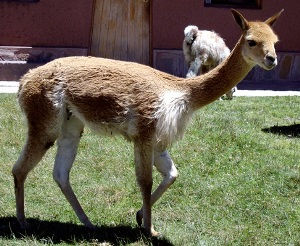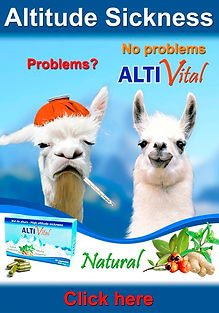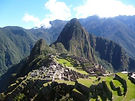
PERU INFO




Home > About Peru > Economy > Livestock
About Peru
Peru
Livestock production in Peru
Livestock in Peru dates back to ancestral times, since the first inhabitants domesticating llamas, alpacas and guinea pigs.
Livestock production is mainly oriented to domestic consumption, apart the raising of alpaca and vicuña for wool export.
There are 2 types of farming in Peru:
-
The native livestock with the camelids (llama, alpaca and vicuna) and the guinea pig.
-
The exotic livestock with animals introduced by the Spaniards in the sixteenth century, such as horses, cattle, pigs, goats and sheep.
On the coast
Exotic livestock
Poultry
The poultry industry represents more than half of the Peruvian livestock, mainly with raising chickens under an intensive production system that can be seen along the Pan-American Highway as large elongated structures covered with white fabrics.
Cattle
Due to its complicated geographical features, the shortage of pasture on the arid coast, rugged Andes mountains and the jungle, cattle farming is a sector underdeveloped in Peru, producing milk and meat. On the coast, the department of Lima is the main producer of cattle.
Pig farming
It grows mainly in the region of Lima.
Goat farming
Goats farm are mainly in the departments of Lima, Piura (north) and Ica (south of Lima).
Horse farming
A very important and prestigious breeding on the coast is the Peruvian Paso Horse, a breed created in Peru and descendant of Spanish horses, now considered one of the purest breeds in the world, unique for its gait. In Peru is banned the consumption of horse meat.
In the Andes
Here are mostly native animals breeding
South American camelids
The first signs of domestication of camelids date from 6,000 years ago in Telarmachay (Junín - Peru). Currently the South American camelids are found throughout the Andes, with the highest concentration in the Altiplano (southern Peru, Bolivia, northern Chile and Argentina).
The milk is not used for human consumptin because for small milk quantities obtained from the animal.
The llama and alpaca meat is very healthy with low content of cholesterol and a high protein content than any other meat. It is consumed fresh or dried (charki).
The manure is used as fertilizer and fuel.
The fiber is used to make garments and blankets.
Leather is also used in industry and crafts.
Llama
For its size (the largest South American camelid) and strength, is used as pack animal since ancient times.
Alpaca
Like ovine animals, alpacas are raised for their meat and wool. The alpaca fiber is mainly destined for export.
Although they can live 20 years, alpacas do not usually spend 12 years of age, sacrificed early to get a good meat as the best fiber.

Vicuña
Vicuña meat is not good. This wild animal protected by the Andean states, provides only his precious fiber, the finest and most expensive in the world, almost entirely exported, mainly to Europe.
Guinea pigs
Raising of this rodent native to the Andes is common throughout the highlands and is traditionally practiced of homemade form. Meat of cuy (local name) is highly appreciated by Andean people. In Peru and Bolivia, is also used in quackery as "absorber" of diseases and curses.
Sheep
Sheeps are raised mainly by small farmers. Many times, sheeps are mixed with alpacas in the same herd.
Pigs
Raising pigs is practiced domestically.
Cattle
We can find dairy cattle mainly in the departments of Arequipa (pampas of Majes), south of Cajamarca in northern Peru and Lima on the coast.
In the Amazon rainforest
Livestock is underdeveloped in the jungle, sajino a kind of wild boar and pork to prepare dried meat (cesina) are the most consumed.











